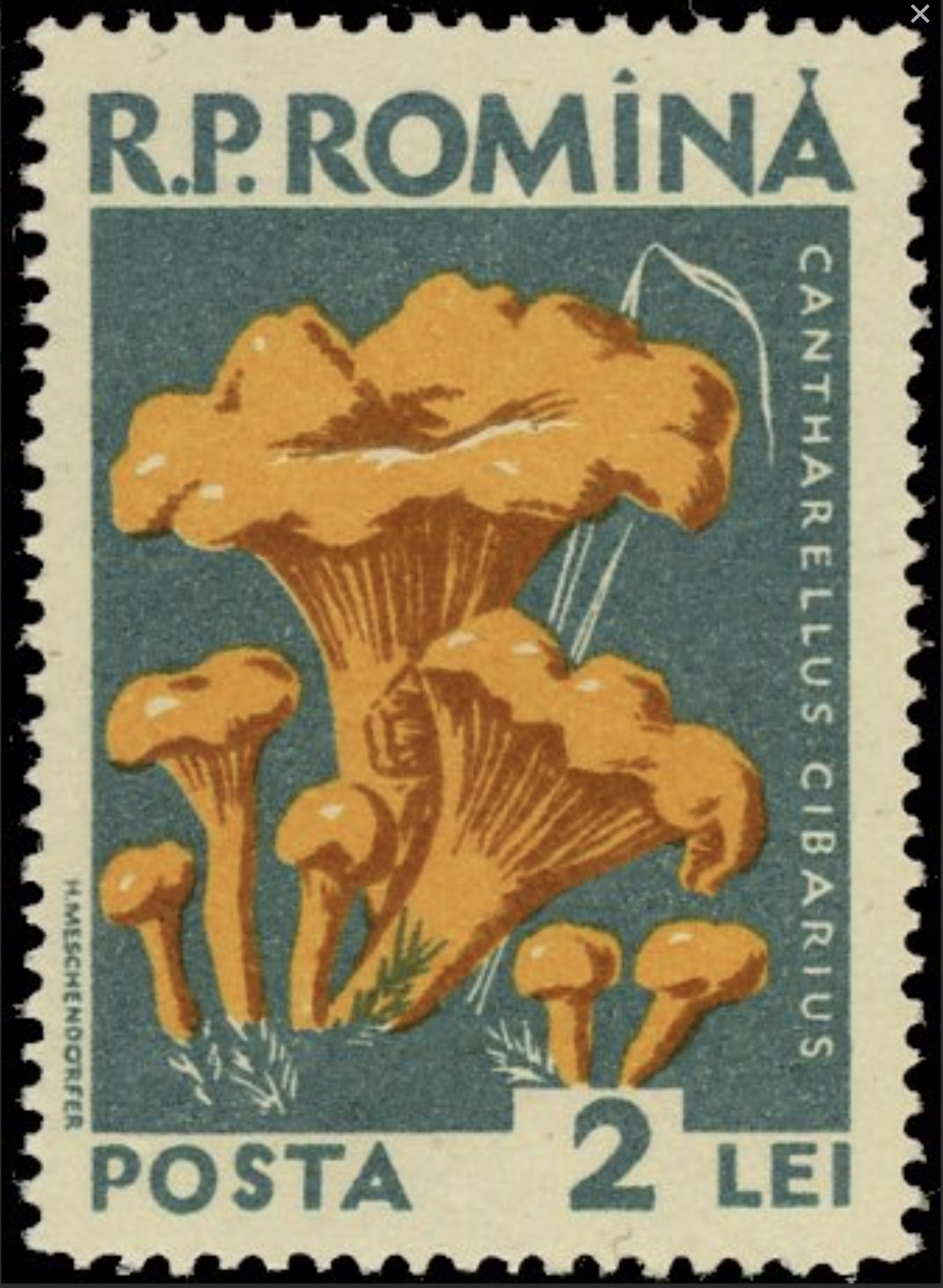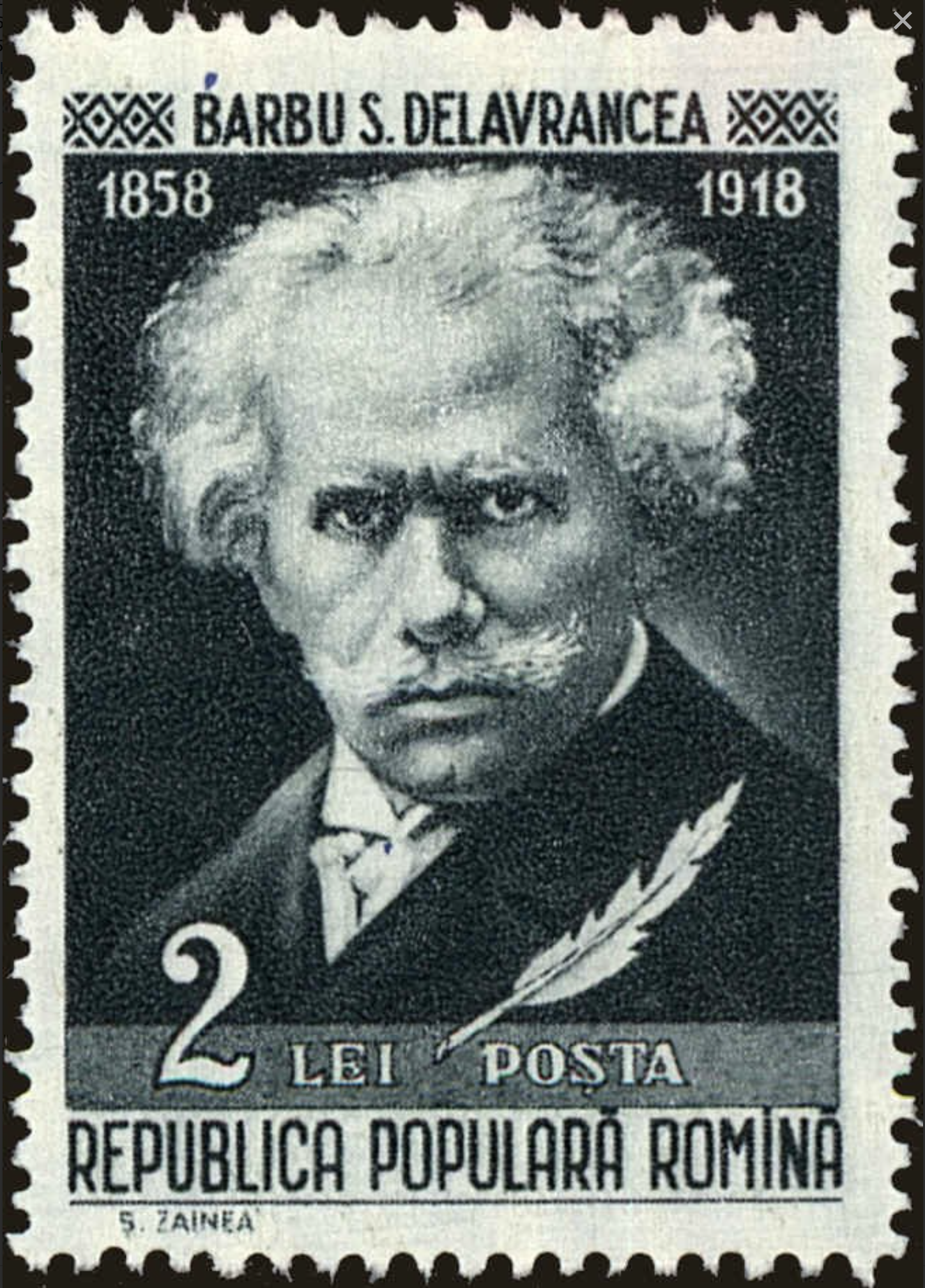Poland #C31 (1952) – Ilyushin II-12 flying over Nowa Huta
$0.45
Poland #C31 (1952) – Ilyushin II-12 flying over Nowa Huta
Description
Poland #C31 (1952) – Ilyushin II-12 flying over Nowa Huta
The Ilyushin Il-12 was a Soviet twin-engine transport aircraft produced after World War II. Nowa Huta, on the other hand, is a district in Krakow, Poland, known for its history as a planned socialist realist town and its steel industry.
- Ilyushin Il-12: The Ilyushin Il-12 was a Soviet military and civilian transport aircraft that was in use during the mid-20th century. It was used for various purposes, including carrying passengers, cargo, and troops. It had a twin-engine configuration and was known for its reliability and robust design.
- Nowa Huta:Nowa Huta is a district located in the eastern part of Kraków, Poland. Its name translates to “New Steel Mill” in English. The district was established in the aftermath of World War II as part of a comprehensive socialist realist plan to industrialize Poland and promote communist ideals. Nowa Huta was intended to be a model socialist city, complete with a massive steelworks and a carefully planned urban layout.Key features and aspects of Nowa Huta include:
- Industrial Origins:
- Nowa Huta’s primary reason for existence was to house the newly built Lenin Steelworks (now ArcelorMittal Poland), one of the largest steel mills in Europe at the time.
- Construction of Nowa Huta began in 1949, and the first blast furnace was operational by 1954.
- Architectural Planning:
- The urban planning of Nowa Huta was heavily influenced by socialist realist principles, emphasizing monumental and symmetrical architecture.
- The Central Square (Plac Centralny) was designed as the focal point of the city, surrounded by key administrative and cultural buildings.
- Residential Areas:
- The district consists of various housing estates, often characterized by large, functionalist apartment blocks.
- The design of the housing aimed to provide a comfortable living environment for the industrial workers and their families.
- Social and Political Significance:
- Nowa Huta gained political significance during the Solidarity movement in the 1980s. The district played a role in anti-communist protests and strikes, contributing to the broader political changes in Poland.
- The construction of Nowa Huta was often seen as an attempt to counterbalance the intellectual and cultural influence of Kraków, which was known for its historical and religious significance.
- Cultural Heritage:
- Nowa Huta has a rich cultural heritage, with a blend of traditional and modern elements.
- Despite its industrial roots, the district has developed a vibrant cultural scene, with festivals, art initiatives, and community events contributing to its dynamic atmosphere.
- Contemporary Transformation:
- In recent years, Nowa Huta has undergone transformations as Poland transitioned from a centrally planned economy to a market-oriented one.
- The district has witnessed the development of new residential and commercial areas, and efforts have been made to preserve and promote its historical and cultural significance.
Nowa Huta stands as a unique and fascinating example of a planned industrial city, with a complex history that reflects the broader social, political, and economic changes in Poland over the years. Today, it remains an intriguing destination for visitors interested in exploring the intersection of history, architecture, and culture.
- Industrial Origins:
Ready to ship in 3-5 business days from United States (US)
Additional information
| Condition | |
|---|---|
| Country | |
| Scott Number | |
| Stamp Format | |
| Stamp Type | |
| Year of Issue |













